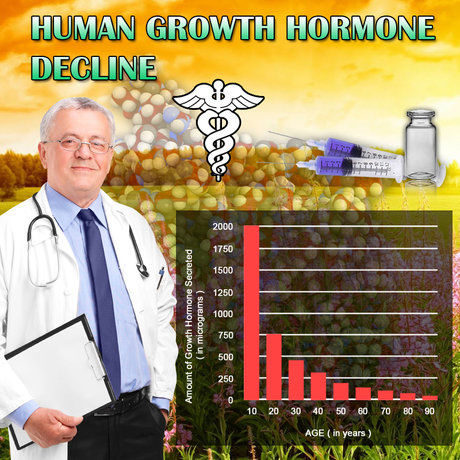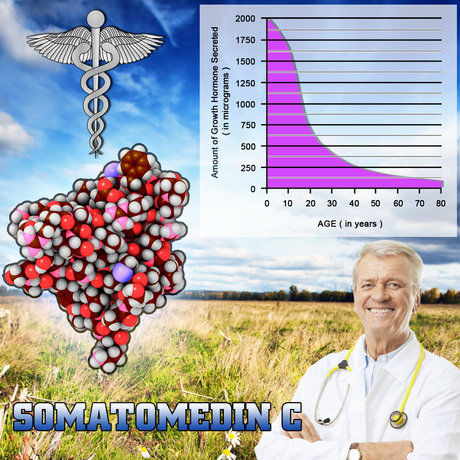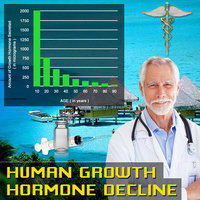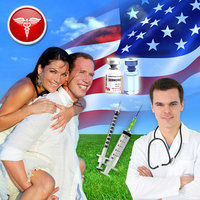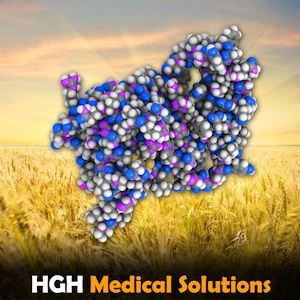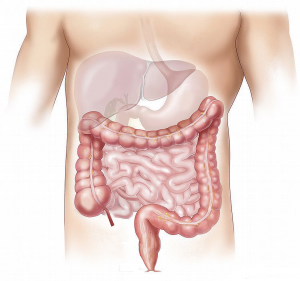 Non-alcoholic liver disease (NAFLD) is a disease that is on the rise in the United States, mainly due to increased obesity rates and Americans who do not watch their fat intake or lifestyle as well as they should.
Non-alcoholic liver disease (NAFLD) is a disease that is on the rise in the United States, mainly due to increased obesity rates and Americans who do not watch their fat intake or lifestyle as well as they should.
Just because you aren’t consuming alcohol daily doesn’t mean that your liver is A-OK. Other factors affect the functions of the liver. It is estimated that cases of NAFLD will increase by 21% by 2030.
NAFLD Linked to Obesity and Type-2 Diabetes
Not surprisingly, NAFLD is more commonly found in people with type-2 diabetes, who are obese, and have insulin resistance as well as atherogenic dyslipidemia (high levels of bad cholesterol and triglycerides – too much fat/too many lipids!).
NAFLD is an excess accumulation of fat in and around the liver, but not associated with excessive alcohol consumption. Doctors consider alcohol consumption of less than 30g per day for men as the cut-off in diagnosing NAFLD.
Because NAFLD, not to mention type-2 diabetes and obesity, are rapidly increasing around America, it’s terrific news that a potential answer is on the horizon. In fact, testosterone replacement therapy (TRT) looks promising.
Testosterone Could Help Obese Men Reduce Prevalence of NAFLD
According to a recent study, TRT could really help men who are suffering from obesity, functional hypogonadism and type-2 diabetes improve their NAFLD. This study was presented at the 23rd European Congress of Endocrinology in 2021.
The two-year-long study discovered that TRT using testosterone undecanoate balanced the male subject’s testosterone levels, reduced NAFLD, and reduced the symptoms of hypogonadism. This is all great news!
The study was conducted by Dr. Kristina Groti Antonic and her team at the University of Ljublijana, Slovenia. Their goal was to conduct an extensive study on the effects of TRT on glycemic control, vascular function, metabolic parameters, and morphology in obese men who also suffered from hypogonadism and type-2 diabetes – both common ailments that occur along with obesity.
In all, 55 men with functional hypogonadism and type-2 diabetes participated. During the two-year study, the first year focused on gathering data with a double-blind, placebo-controlled study, and the second year was used for follow-up.
Testosterone Undecanoate Put to the Test to Reduce NAFLD
There were two different groups, with the first group receiving testosterone undecanoate during both years of the study, while the second group received a placebo in the first year and testosterone undecanoate in the second year.
Many tests were performed on each subject at the beginning, 12 months, and 24 months. These tests included but were not limited to testosterone levels, basic blood tests, and prostate-specific antigens.
To assess the grade of NAFLD, liver ultrasounds were used and performed at the beginning of the study and at 24 months. This is where the scientists saw an improvement.
Dr. Kristina Antonic stated, “Improvement of NAFLD grade was a result of improved insulin resistance, reduction in body mass index and body weight, and changes in body composition. As we know, testosterone increases lean body mass at the expense of fat mass […]. With its anti-inflammatory effects, testosterone also reduces the chronic inflammatory state in the liver. Our study shows that testosterone therapy could be suitable for obese men living with non-alcoholic fatty liver disease […].”
Antonic and her team believe that this knowledge and therapy could be used in the near future to curb the pandemic of obesity and NAFLD that is spreading across the United States. Getting started on a testosterone replacement program is simple, given that a prescription is obtained from a licensed endocrinologist or doctor.
As you heard from the doctor’s mouth, TRT reduces inflammation, increases lean body mass, and improves insulin resistance, just to name a few benefits. This is why it is so critical that every man get his testosterone levels checked, and if there is an issue, talk to a doctor straight away about TRT before the hormone imbalance gets any worse.
Contact us for a FREE, no-obligation discussion concerning the incredible benefits of Testosterone Replacement Therapy!
Contact Us For A Fast And Professional Response

- Sermorelin — HGH Injections Versus Sermorelin and Testosterone Therapy Programs [Last Updated On: February 20th, 2025] [Originally Added On: September 20th, 2020]
- The scientific research benefits of testosterone treatment (TRT) [Last Updated On: September 5th, 2025] [Originally Added On: September 26th, 2020]
- Low-T Associated with Increased Risk of Atherosclerosis in Men with Type-2 Diabetes [Last Updated On: April 17th, 2025] [Originally Added On: October 20th, 2020]
- Health Changes Associated with Low Testosterone and Andropause [Last Updated On: June 15th, 2025] [Originally Added On: November 16th, 2020]
- Five Sports for Living Longer – Life Extension Through Sport [Last Updated On: March 16th, 2025] [Originally Added On: December 2nd, 2020]
- Covid-19 Mortality Risk Correlates With Low-T [Last Updated On: April 16th, 2025] [Originally Added On: December 17th, 2020]
- New Research Explores How Testosterone Influences Your Popular or Unpopular Opinions [Last Updated On: January 16th, 2025] [Originally Added On: February 22nd, 2021]
- Primary Versus Secondary Hypogonadism [Last Updated On: October 9th, 2025] [Originally Added On: March 15th, 2021]
- Testosterone Cypionate Information [Last Updated On: August 24th, 2025] [Originally Added On: May 5th, 2021]
- Hydraulic Fracturing: Another Environmental Pollutant That Affects Your Testosterone Levels [Last Updated On: October 13th, 2025] [Originally Added On: July 11th, 2021]
- Can Low Testosterone Be Cured? [Last Updated On: January 17th, 2025] [Originally Added On: September 5th, 2021]
- Low Testosterone (Low T) [Last Updated On: April 25th, 2025] [Originally Added On: September 7th, 2021]
- Low Testosterone – A Possible Link to Rheumatoid Arthritis Risk? [Last Updated On: January 21st, 2025] [Originally Added On: February 12th, 2022]
- The (Surprising) Necessity for Estrogen in Men [Last Updated On: January 22nd, 2025] [Originally Added On: March 1st, 2022]
- Anti-Aging Benefits from Hormone Balance [Last Updated On: January 18th, 2025] [Originally Added On: March 22nd, 2022]
- Male Testosterone Levels Have Dropped by Half - Fact or Myth? [Last Updated On: August 11th, 2025] [Originally Added On: May 14th, 2022]
- Tlando is on the Market – Oral Testosterone Replacement Therapy [Last Updated On: January 20th, 2025] [Originally Added On: June 9th, 2022]
- Tlando Low-T Treatment - A Safe and Effective Pill for Testosterone Deficiency [Last Updated On: August 17th, 2025] [Originally Added On: June 25th, 2022]
- Fatigue and Lack of Sexual Interest: Could it be Male Menopause? [Last Updated On: January 25th, 2025] [Originally Added On: June 27th, 2022]
- The Power of Testosterone—Improving Memory in Diabetics [Last Updated On: August 16th, 2025] [Originally Added On: July 12th, 2022]
- Kyzatrex Achieves FDA Approval—A Brand New Oral Testosterone Treatment [Last Updated On: August 18th, 2025] [Originally Added On: August 13th, 2022]
- How Testosterone and Social Context Influence Behavior [Last Updated On: August 30th, 2025] [Originally Added On: December 11th, 2022]

